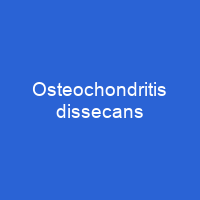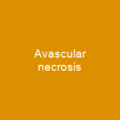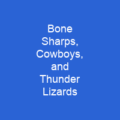Osteochondritis dissecans is a joint disorder of the subchondral bone. It is caused by blood deprivation of the secondary physes around the bone core. This happens to the epiphyseal vessels under the influence of repetitive overloading of the joint during running and jumping sports. OCD usually causes pain during and after sports. In later stages of the disorder there will be swelling of the affected joint which catches and locks during movement. Non-surgical treatment is successful in 50% of the cases.
About Osteochondritis dissecans in brief

Symptoms typically present within weeks of stage I; however, the onset of stage II occurs within months and offers little time for diagnosis. Most rehabilitation programs combine efforts to protect the joint with muscle strengthening and range of motion. After surgery rehabilitation is usually a two-stage process of unloading and physical therapy. During an immobilization period, isometric exercises, such as straight leg raises, are commonly used to restore muscle loss without disturbing cartilage of the Affected Joint. If possible, non-operative forms of management such as protected reduced or non-weight bearing and immobilization are used. The condition affects the knee, elbow, and other joints such as the ankle or the elbow, although it can affect the knee as well as the elbow and the elbow. It is a type of osteochondrosis in which a lesion has formed within thecartilage layer itself, giving to a rise in secondary inflammation. These fragments are sometimes referred to as joint mice or joint sprains. The symptoms of OCD are similar to those found in rheumatoid disease of children and meniscal ruptures. However, the disease can be confirmed by X-rays, computed tomography or magnetic resonance imaging scans. It can be treated by arthroscopic drilling of intact lesions, securing of cartilage flap lesions with pins or screws, drilling and replacement of cartilege plugs, stem cell transplantation, and in very difficult situation in adults joint replacement.
You want to know more about Osteochondritis dissecans?
This page is based on the article Osteochondritis dissecans published in Wikipedia (as of Nov. 03, 2020) and was automatically summarized using artificial intelligence.







